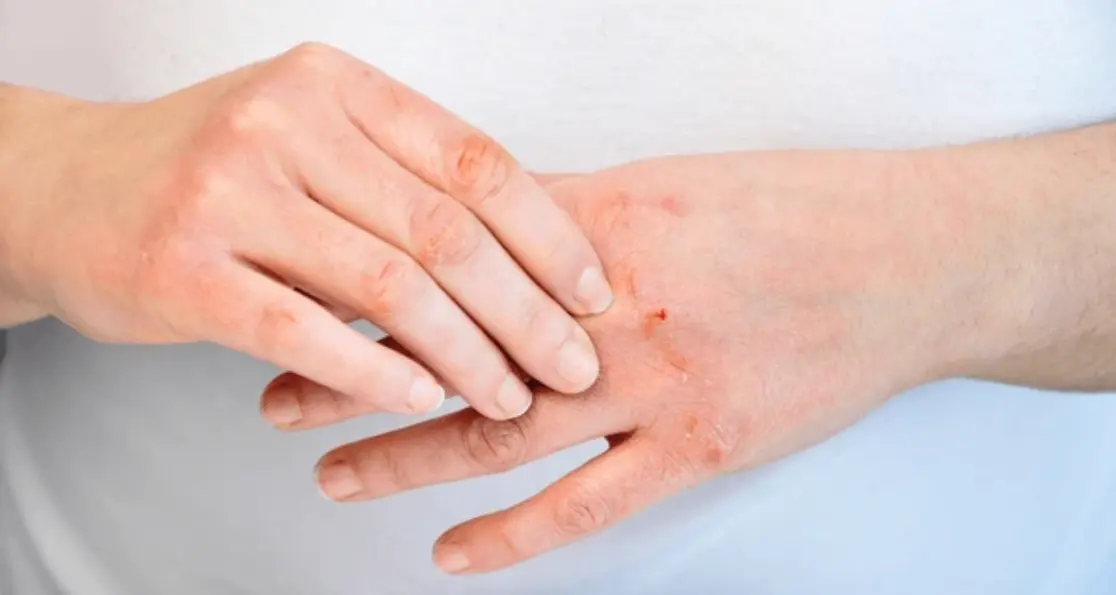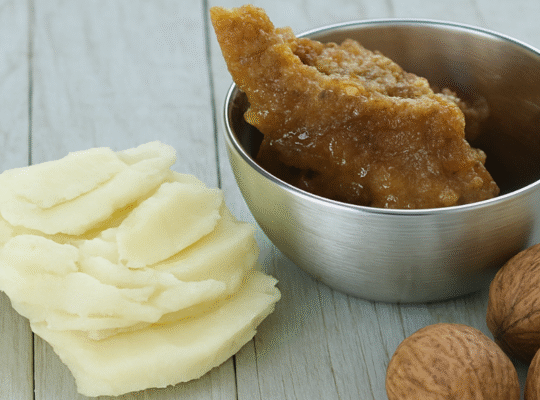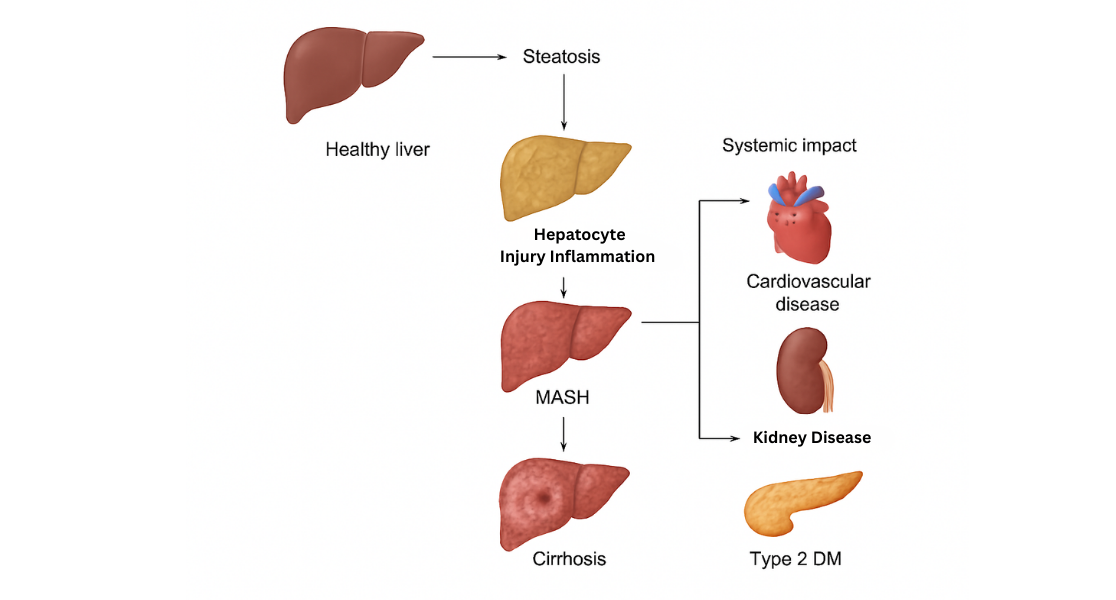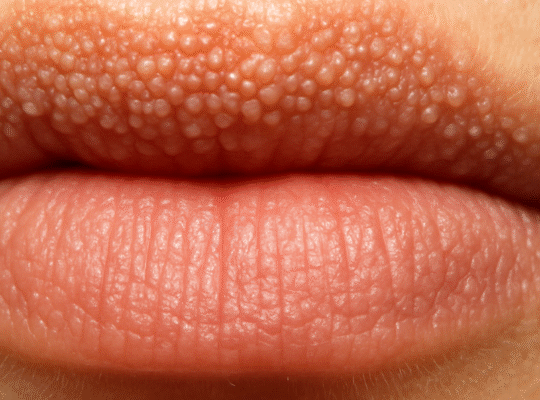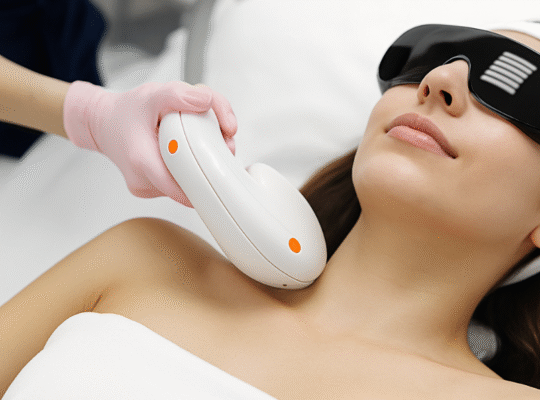Introduction
Every time our skin is wounded—be it a paper cut, surgical incision, burn, or chronic ulcer—the body orchestrates a finely tuned cascade of events to repair itself. Historically, treatments have centered on topical dressings, systemic antibiotics, and surgical interventions. However, a new frontier is emerging: hormonal therapy for wound healing. By harnessing the body’s own chemical messengers, clinicians can accelerate tissue repair, reduce scar formation, and optimize overall skin regeneration. This in-depth guide explores cutting-edge hormonal interventions, their molecular underpinnings, clinical applications, and future potential in personalized regenerative medicine.
The Four Phases of Wound Repair and Hormones in Skin Wounds
1. Hemostasis
Immediately after injury, platelets aggregate and fibrin networks form to staunch bleeding. Hormones like thromboxane A2 and ADP amplify platelet activation. Emerging research suggests that local application of growth factors can stabilize clot formation and prime the wound bed for subsequent phases.
2. Inflammation
Within hours, neutrophils and macrophages infiltrate the wound, phagocytosing debris and pathogens. Pro-inflammatory cytokines (TNF-α, IL-1β, IL-6) dominate early. Hormones modulate this response:
- Estrogen attenuates excessive inflammation by downregulating cytokine release and promoting pro-resolving lipid mediators.
- Glucocorticoids powerfully suppress inflammatory gene transcription via glucocorticoid receptor binding.
- Androgens can exacerbate or relieve inflammation depending on receptor context and dosage.
Balanced inflammation prevents chronic wounds and sets the stage for regeneration.
3. Proliferation
Days 3–10 post-injury, fibroblasts secrete extracellular matrix (ECM), keratinocytes migrate, and endothelial cells form new capillaries. Hormonal influences include:
- Recombinant Human Growth Hormone (rhGH): Enhances fibroblast proliferation, collagen synthesis, and IGF-1 production.
- Estrogen: Accelerates keratinocyte migration by binding ERα/ERβ receptors and activating ERK1/2 pathways.
- Androgens: Promote fibroblast proliferation but may dysregulate ECM deposition if unbalanced.
Understanding these signals enables targeted delivery systems—such as slow-release nanoparticles—to optimize local hormone concentrations.
4. Remodeling
Over weeks to months, type III collagen is replaced by stronger type I collagen, and myofibroblasts contract the wound. Hormones steer this phase:
- TGF-β, induced by GH and estrogen, regulates collagen cross-linking and scar maturation.
- Glucocorticoids can inhibit excessive scar formation, but risk thinning skin if overused.
- Androgens influence myofibroblast differentiation, affecting wound contraction dynamics.
Precise modulation of these pathways is key to achieving supple, functional tissue with minimal fibrosis.
Recombinant Human Growth Hormone (rhGH): A Cornerstone of Regenerative Wound Therapy
Mechanism of Action
rhGH binds to growth hormone receptors on fibroblasts and keratinocytes, triggering JAK2–STAT5 and MAPK (ERK1/2) signaling cascades. This enhances:
- Collagen deposition: Increases type III collagen in early granulation tissue and type I during remodeling.
- IGF-1 release: Systemic and local IGF-1 drives cell proliferation, angiogenesis, and ECM synthesis.
- Protein anabolism: Boosts amino acid uptake and muscle preservation in extensive burn patients.
Clinical Evidence
- Burn injuries: Randomized trials demonstrate 25–30% faster donor-site closure and reduced infection rates.
- Pressure ulcers: Topical rhGH gels shorten ulcer area reduction time by 40%.
- Post-surgical wounds: Adjunctive rhGH therapy decreases inpatient stays by an average of 2 days.
Safety and Administration
- Dosing: Typically 0.1–0.3 mg/kg/day subcutaneously or via localized hydrogel.
- Side effects: Risk of hyperglycemia, fluid retention; rare injection-site reactions.
- Scar quality: rhGH does not increase hypertrophic scarring, making it ideal for aesthetic and reconstructive procedures.
Estrogen: Beyond Reproduction to Skin Regeneration
Molecular Impact on Hormones in Skin Wounds
Estrogen’s binding to ERα/ERβ in keratinocytes and fibroblasts initiates:
- Anti-inflammatory responses: Downregulates NF-κB signaling, reducing TNF-α and IL-1β.
- Angiogenesis: Upregulates VEGF and endothelial nitric oxide synthase (eNOS).
- ECM remodeling: Stimulates lysyl oxidase for collagen cross-linking and elastin production.
Clinical Applications
- Postmenopausal women: Topical 0.01% estradiol creams halve healing times in surgical incisions.
- Chronic venous ulcers: Systemic estrogen patches improve granulation tissue formation and reduce wound area by 50% at 8 weeks.
- Skin grafts: Pre-conditioning donor and recipient sites with estrogen enhances graft take and reduces necrosis.
Safety Considerations
- Thromboembolic risk: Minimized with low-dose topical routes.
- Hormone-sensitive cancers: Contraindicated in patients with active breast or endometrial carcinoma.
- Optimal formulation: Liposomal delivery shows promise for targeted skin penetration with minimal systemic absorption.
Androgens: Navigating Benefits and Pitfalls
Positive Effects
- Cell proliferation: Androgen receptor (AR) activation upregulates cyclin D1, accelerating keratinocyte and fibroblast cycles.
- Metabolic support: Oxandrolone maintains lean body mass in severe burns, reducing catabolic stress.
Negative Impacts
- Chronic inflammation: Excess testosterone can heighten IL-6 and TNF-α, delaying epithelialization.
- Diabetic ulcers: Altered AR expression in diabetic skin may worsen wound chronicity.
Advanced Strategies
- Localized anti-androgen scaffolds: PCL dressings loaded with flutamide mitigate local inflammation while preserving systemic androgen benefits.
- Controlled DHT microdosing: Pulsatile release systems can harness DHT’s macrophage-modulating effects without exacerbating cytokine storms.
Glucocorticoids: Balancing Inflammation Control with Tissue Integrity
Therapeutic Advantages
- Rapid inflammation suppression: Downregulation of cytokine genes via glucocorticoid response elements.
- Graft acceptance: Corticosteroid eye drops prevent rejection in corneal transplant patients.
Long-Term Risks
- Skin atrophy: Reduced collagen synthesis and fibroblast apoptosis lead to thinning.
- Barrier dysfunction: Impaired lipid synthesis weakens skin defenses.
- Systemic effects: Osteoporosis, adrenal suppression, and muscle wasting with prolonged high-dose therapy.
Best Practices
- Pulse dosing: Short courses of high-dose therapy followed by tapering.
- Topical combination: Pairing glucocorticoids with growth factors or hyaluronic acid to mitigate atrophy.
- Monitoring: Regular skin thickness measurements and bone density assessments for long-term users.
Integrating Hormonal Therapies: Personalized Regimens and Delivery Innovations
Patient-Specific Protocols
- Genetic profiling: Assessing ER, AR, and GH receptor polymorphisms to predict responsiveness.
- Comorbidity considerations: Adjusting doses for diabetic, elderly, or immunocompromised patients.
Next-Generation Delivery Systems
- Nanoparticle carriers: Liposomes, dendrimers, and polymeric nanoparticles for targeted hormone release.
- 3D-printed scaffolds: Embedding multiple hormones and growth factors in biocompatible matrices for staged release.
- Smart dressings: pH- and temperature-responsive hydrogels that modulate hormone release in response to wound environment.
Synergistic Combinations About Hormones in Skin Wounds
- Hormone cocktails: Optimizing GH, estrogen, and low-dose corticosteroid ratios to maximize healing while minimizing side effects.
- Stem cell integration: Co-delivery of mesenchymal stem cells with hormonal cues to enhance regeneration and vascularization.
- Gene therapy: Viral vectors encoding IGF-1 or estrogen-synthesizing enzymes for sustained local production.
Key Takeaways
- Hormones orchestrate every wound-healing phase, from clotting to remodeling, by regulating inflammation, cell proliferation, and ECM dynamics.
- rhGH accelerates closure and improves graft outcomes without increasing scarring.
- Estrogen provides anti-inflammatory, angiogenic, and collagen-boosting effects—vital for postmenopausal and chronic-wound patients.
- Androgens support cell growth and metabolism but require precise control to avoid pro-inflammatory effects.
- Glucocorticoids offer rapid inflammation control yet pose significant risks with prolonged use—best employed in targeted, short-term regimens.
- The horizon of personalized regenerative medicine promises genomics-guided hormone therapies, advanced biomaterial delivery platforms, and synergistic integration with stem cells and gene editing for truly scar-free healing.
Final Thoughts
Hormones in Skin Wounds are redefining wound care, shifting paradigms from passive dressings to proactive molecular therapies. By combining established hormones with breakthrough delivery technologies and personalized treatment plans, the medical community stands on the cusp of a regenerative revolution. As research deepens our understanding of hormone–cell interactions, we can look forward to faster healing, reduced scarring, and transformative outcomes for patients worldwide.
